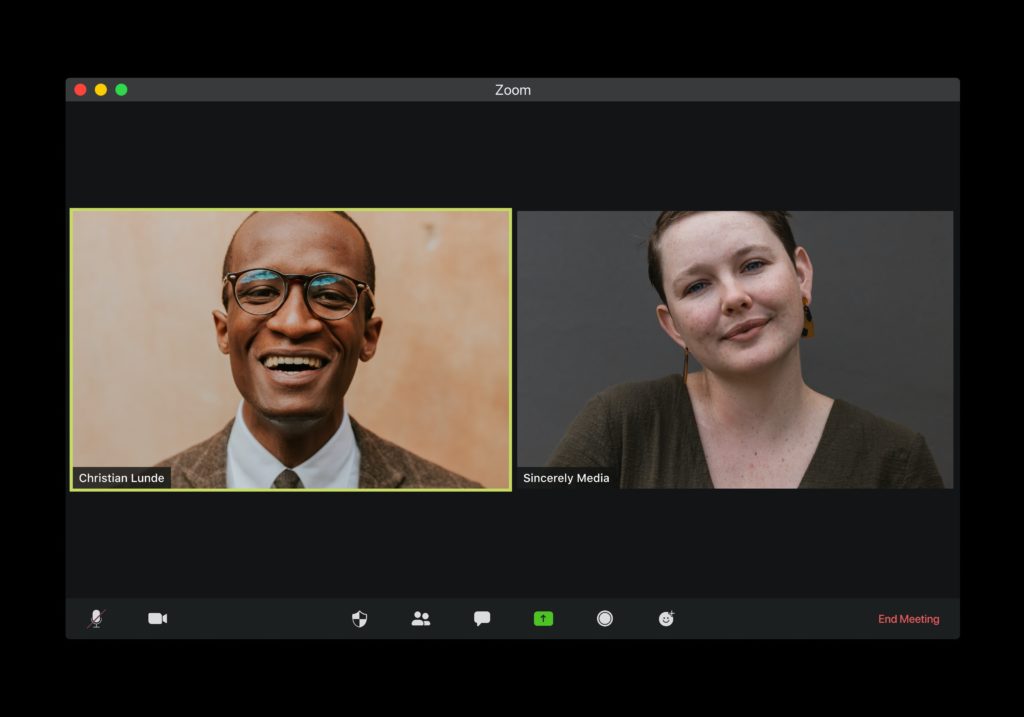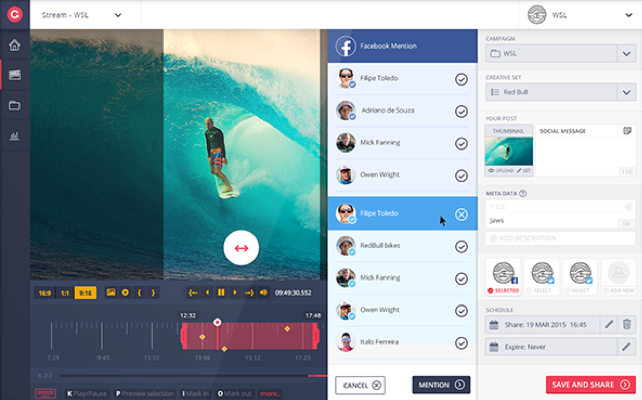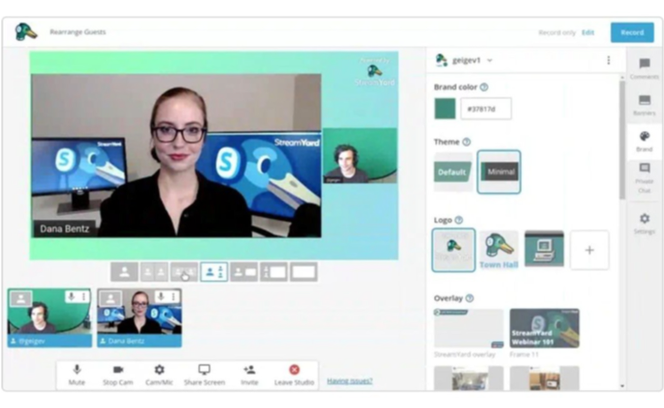Now more than ever, video is helping connect audiences across the world and is bringing people closer together. With in-person meet-ups for professional networking and entertainment on pause, live internet-streamed event broadcasting has soared in popularity. With this trend accelerating, it is important for all organizations to consider how live streaming events can improve sales and increase brand awareness.
At Green Buzz Agency, we help our clients create top-quality video content for all their organizational needs. While based out of the Washington, D.C. region, we work with large brands and nonprofits all over the world.
Since the start of the COVID-19 pandemic, our clients have been asking for help with event live streaming. More often than not, the main question our clients ask is what software or platform they should use.
With dozens of options out there, it is difficult for those unfamiliar with live streaming or video production services in general to get themselves up to speed, so we’ve put together a list of the different softwares and platforms, a summary of their key features and pitfalls, and an overview of best practices for you to consider. Hopefully this helps answer questions that you have, but feel free to reach out to us for more information.
First and Foremost: What Are You Out to Achieve?
As with any initiative, it is important to start by establishing what goals you are trying to achieve through live streaming events before diving into a software or service solution. Typically, organizations interested in live streaming events look to accomplish one or more of the following goals:
1. Improve community or customer engagement through social media;
2. Create original content assets; or,
3. Augment or replace in-person live event experiences with a more digital solution.
After you’ve articulated your goals clearly, you should rank each goal from top priority to lowest priority. Ranking will help you narrow down your choices and pinpoint the best live streaming solution for your organization.
Zoom

If you’re searching for business-oriented streaming solutions for your events, it’s pretty safe to assume that you’ve heard of Zoom before. The video conferencing app founded by a former Cisco employee has taken the world by storm and has (arguably) achieved a highly coveted branding goal: “Zoom” has become a verb. Zoom is quickly becoming a staple of the work-from-home transition and is often overlooked when it comes to live streaming events.
Zoom is a great low-cost and low-complexity option to live stream your event. Many organizations already have enterprise subscriptions to Zoom and most people are pretty familiar with its interface. Zoom streaming does not require any special skills or training in live video production and is perfectly tailored for events where attendee interaction and participation is needed. It also allows users to stream concurrently on other platforms simultaneously such as Facebook Live and YouTube.
Zoom is not a perfect solution if your needs are highly specialized and you require flexibility. With Zoom, you get what you’re given and have little room for customization.
Bottom line: Zoom is a familiar face and a cost-effective solution but isn’t the ideal option for custom-tailored live streams.
Grabyo

Grabyo is the self-proclaimed “future of broadcast”. It is a robust cloud-based software for live streaming events and is ideal for creating professional quality live programming. Organizations that have the resources to dedicate a small team for live event production will love Grabyo’s team collaboration capabilities and its expansive user customization options.
The program has unique features that allow production team members to clip and post moments from the broadcast to social media in real-time. Grabyo also allows co-streaming via various social media accounts – another major bonus feature for events that are to be broadcast on different platforms.
While Grabyo is great for video production companies or organizations with in-house video capabilities, Grabyo’s interface can be rather complicated for first-time users. Even experienced technical directors will need a bit of time to master its functionality. Grabyo is also ill-suited for events that require audience engagement like webinars or meet-and-greets. In its most current form, Grabyo does not allow communication between the production team and the consumers of the content.
Perhaps most importantly, Grabyo is pricey. Its cost model is bespoke and may be out of reach for small-budget events.
Bottom line: Grabyo is great if you know video, have a medium to large budget, an experienced team, and do not need to engage in real-time with your audience.
StreamYard

StreamYard is a browser-based platform that brands itself as the “easiest way to create professional live streams”. There is a lot of truth to this statement. In many ways, it is a simpler and less expensive version of Grabyo. StreamYard gives users creative freedom with respect to on-screen and back-end customization and integrates seamlessly with social media. Its platform allows you to communicate with the audience via Facebook Live commenting, which is a major bonus for socially-oriented events. Like Grabyo, you can upload custom graphics files to display overlay graphics, intro and outro videos, and branding.
Apart from price, StreamYard differs from Grabyo in that the former allows only a limited number of users working on the stream at the same time and limits the size and type of video files that you can upload for graphics.
Bottom line: StreamYard is great for lower-budgeted or simpler mid-level productions staffed by a small production team.
Social Media

Social is the unsung hero of event live streaming and the queen of video content distribution in the modern age. Streaming through social media platforms is free and your event’s reach can be boosted with paid placements. Social is also the natural start and end point for anything event related. From advertising your event months ahead of time to posting clips and photos after the event, social media is at the center of any event-based marketing campaign.
One of the major downsides of streaming events directly through social media is the low video and audio quality. This pitfall, however, may be an important source of differentiation given the widespread issues that people are having with internet connection reliability.
Many consumers are used to experiencing highly pixelated video quality or audio dropping here and there. So, viewers may find comfort in the familiarity with the experience of watching their favorite influencers and friends live stream their daily lives directly through Instagram, Facebook, YouTube, Twitter, and LinkedIn. This organic feel is perfect for organizations looking to connect with their audience, engage back and forth with attendees, and maximize the exposure that their live events will generate using a simpler livestream.
Bottom line: social is a simple, streamlined way of connecting with a wide audience but the video and audio quality can be subpar, so be warned if you’re planning to repurpose the video footage after a livestream on social media.
Next Steps
While no solution is ever a perfect solution, there is likely a platform or software that works best for your organization’s specific needs. If you are new to video marketing and have additional questions about how to best prepare for your live streamed event, please feel free to reach out to our team. We love to collaborate and are happy to help give you some pointers to ensure that your video needs are met!
Justin Zuccon, Director of Corporate Development.
